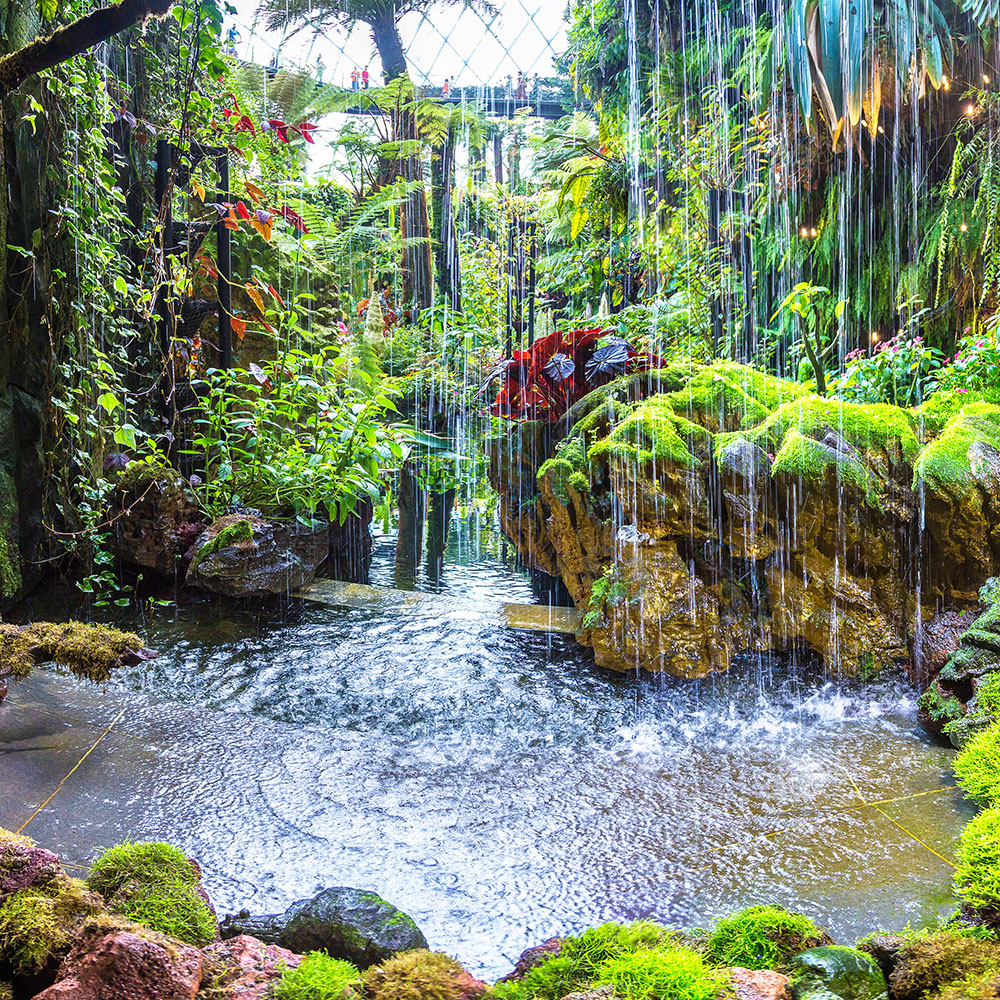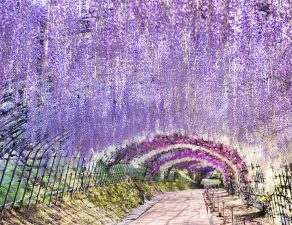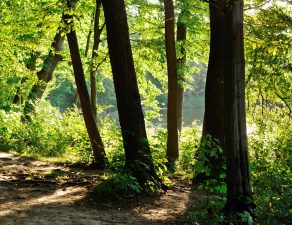
In tropical, mountainous regions, a phenomenon called a “cloud forest” often occurs. The combination of persistent rainfall and cooling air currents deflected upward by the slopes, create a unique environment for plants. Clouds quite literally brush the mountainsides throughout the day! Cloud forests are distinguished from rainforests by their typically mountainous terrain and the fact that they are almost constantly covered by a dense fog.
The heavy humidity allows mosses, ferns, lichens, and air plants to proliferate in these areas. In addition, cloud forests tend to host a number of species of animals that, because of thousands of years of evolution, are especially suited to that specific habitat and don’t exist anywhere else in the world.
For nature lovers, a visit to a cloud forest is a must. Some of the more famous cloud forests include:
Monteverde Cloud Forest in Costa Rica
The forest around Huitepec, an inactive volcano near San Cristobal, Mexico
El Cielo Biosphere Reserve in Tamaulipas, Mexico
Mount Kilimanjaro’s cloud forest in Tanzania
The Shola Forest in the Western Ghats of India
Springbrook National Park in Queensland, Australia
Mount Taranaki in New Zealand
Tandayapa Mindo in Ecuador
The Simien Mountains of Ethiopia
Cloud Forest at Gardens by the Bay, in Singapore – artificially created within a dome, but a terrific tourist destination, nonetheless!
Here in California, our own Santa Rosa island once hosted a booming cloud forest, along with native vegetation not found anywhere else in the world. Sadly, the arrival of European colonists in the 1800s brought non-native grazing animals, like horses, deer, elk, and pigs, which greatly impacted the ecosystem. Preservation efforts, through the Channel Islands National Park, seek to restore the balance of nature – and with it, hopefully, Santa Rosa’s cloud forest.
Back in 1970, cloud forests were estimated to cover about 50 million hectares worldwide. Annually, that figure drops by about 1.1 percent. Climate changes, population growth, and uncontrolled land use are gradually decimating these ecological wonders. Activism and responsible tourism can help to preserve the world’s cloud forests, but climate change begins with the individual. These lovely but delicate ecosystems are just one of the many reasons we should all consider the impacts of our daily actions on long-term climate change.








